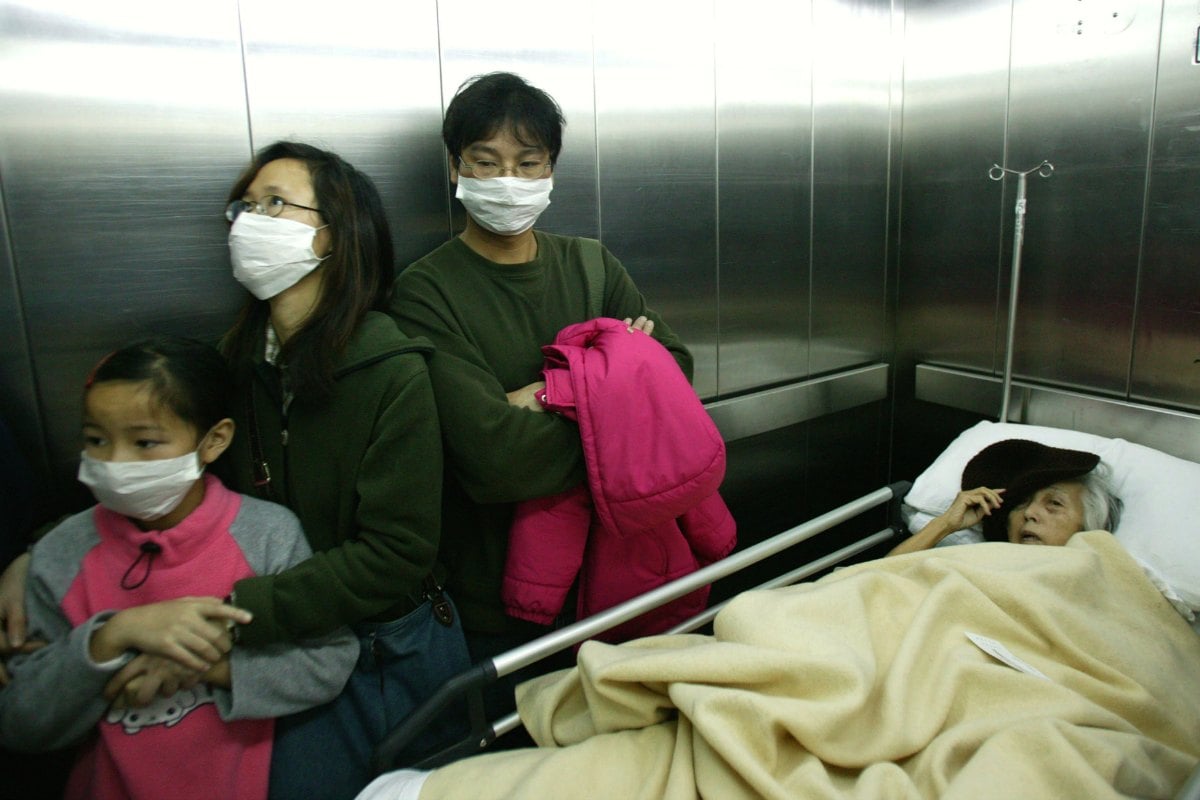
In November 2002, an outbreak of SARS (severe acute respiratory syndrome) in China’s Guangdong Province would go on to infect over 8000 people in 26 countries and result in almost 800 deaths.
Like the current novel coronavirus (2019-nCoV) that was discovered in the Chinese province of Wuhan, SARS is also part of the coronavirus family – a term given to a group of viruses which cause respiratory infections. Early onset symptoms include a high fever, headaches, body aches, overall discomfort, with a dry cough developing within two to seven days. For most, this will evolve into pneumonia, which can be lethal.
While SARS was declared as ‘contained’ in July 2003, the Chinese government was accused of hampering efforts to control the spread of the virus.
NSW Health on what Aussies need to know about coronavirus. Post continues below.
It took the World Health Organisation (WHO) three months to be alerted of the disease, with the Chinese government underplaying the reach and spread of the disease both nationally and abroad.

